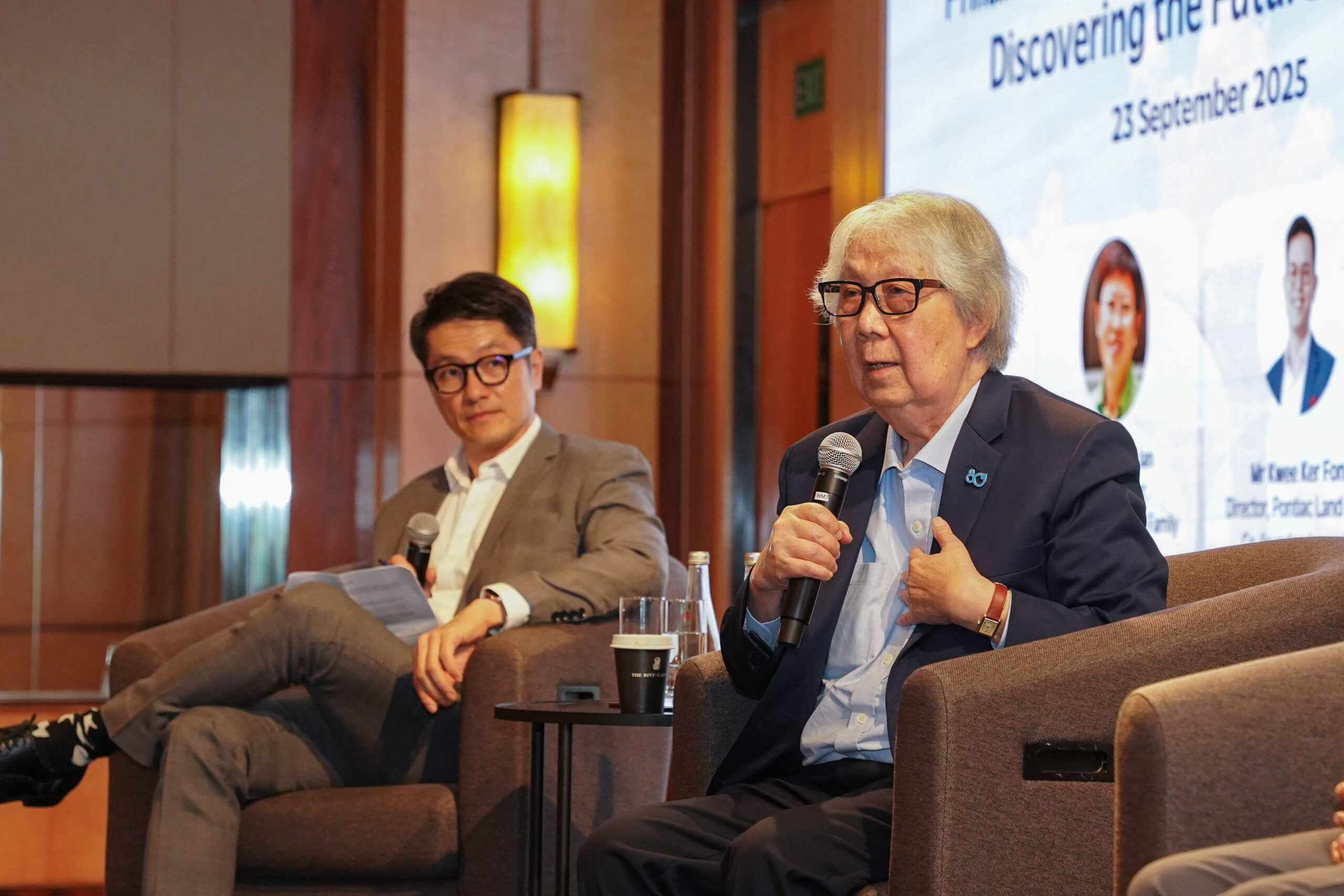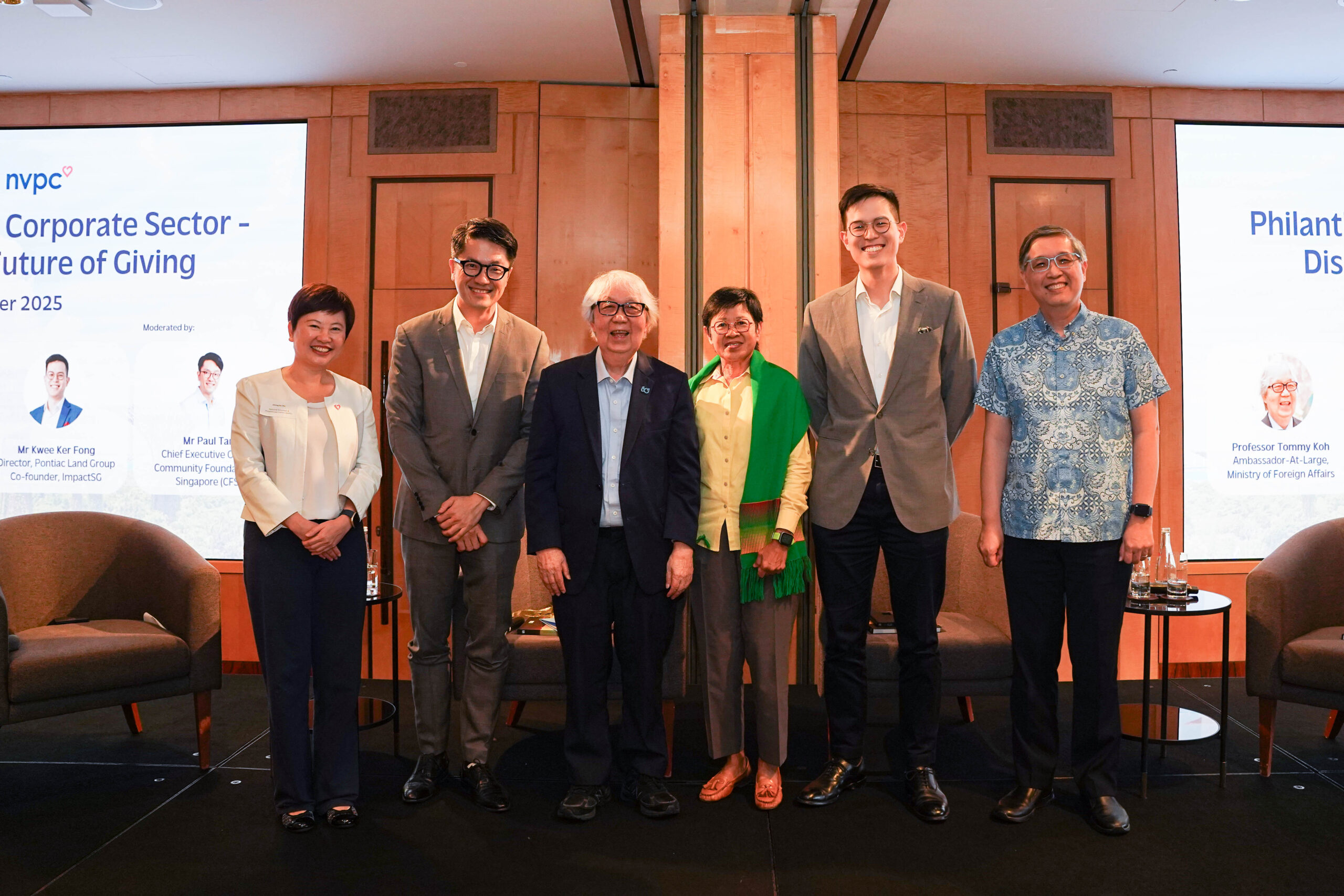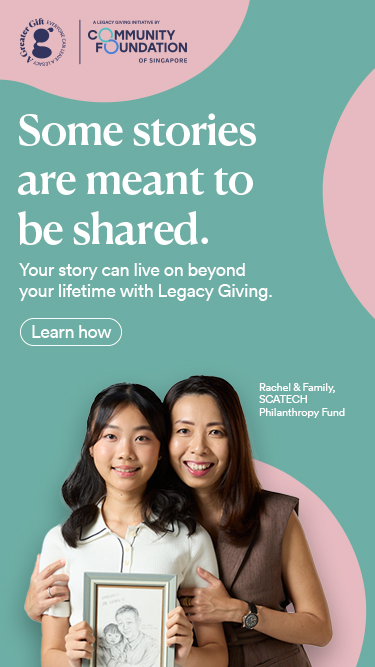CFS signs Memorandum of Understanding with the Bank of Singapore


The Community Foundation of Singapore (CFS) is pleased to share that we have signed a Memorandum of Understanding (MOU) with the Bank of Singapore. Through this collaboration, Bank of Singapore clients can partner with CFS, where we will provide them with the expertise and insight into Singapore’s charitable landscape to support their clients’ philanthropic goals and make an impact in local communities. The MOU aims to inspire philanthropic giving to help address the social and environmental challenges in Singapore.
The photo was taken at the MOU signing ceremony between Bahren Shaari, CEO of Bank of Singapore and Catherine Loh, CEO of The Community Foundation of Singapore. The ceremony was witnessed by Theresa Cheong, Head of Partnerships of The Community Foundation of Singapore and Zubin Dabu, Market Head & Chair of Bank of Singapore ESG Forum. Fund raising appeals will not be conducted by Bank of Singapore for CFS.
The Community Foundation of Singapore (CFS) is pleased to share that we have signed a Memorandum of Understanding (MOU) with the Bank of Singapore. Through this collaboration, Bank of Singapore clients can partner with CFS, where we will provide them with the expertise and insight into Singapore’s charitable landscape to support their clients’ philanthropic goals and make an impact in local communities. The MOU aims to inspire philanthropic giving to help address the social and environmental challenges in Singapore.
The photo was taken at the MOU signing ceremony between Bahren Shaari, CEO of Bank of Singapore and Catherine Loh, CEO of The Community Foundation of Singapore. The ceremony was witnessed by Theresa Cheong, Head of Partnerships of The Community Foundation of Singapore and Zubin Dabu, Market Head & Chair of Bank of Singapore ESG Forum. Fund raising appeals will not be conducted by Bank of Singapore for CFS.



